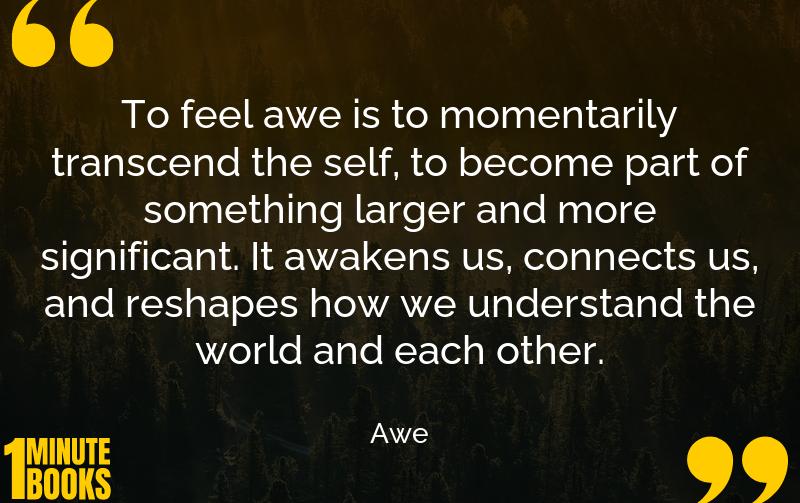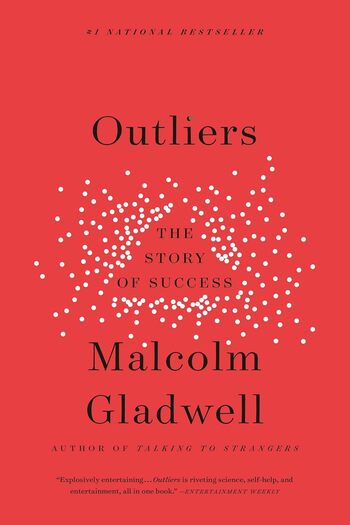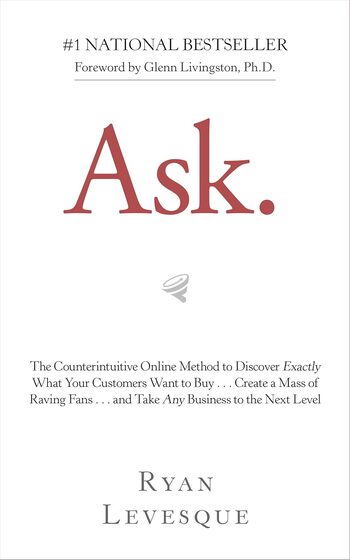
Awe explores how experiencing wonder can impact our emotions, mental health, and relationships. By understanding and embracing awe, we can cultivate a more interconnected and fulfilling life.
Main Lessons
- Awe can be discovered in everyday experiences, yet its value is often overlooked in modern society.
- Three types of awe include scientific, personal, and creative, each providing different insights and inspirations.
- Eight ‘Wonders of life’ inspire awe: strength, courage, kindness, collective movement, nature, art, spirituality, and life’s big epiphanies.
- Emotional intelligence (EQ) is more crucial for experiencing awe than intellectual quotient (IQ).
- Awe fosters appreciation for things greater than oneself, creating a sense of community and interconnectedness.
- Mystical experiences, including spiritual and religious ones, often lead to profound moments of awe.
- Awe can be found in diverse cultural expressions such as music, visual arts, and collective movement.
- Natural phenomena like earthquakes and tsunamis demonstrate awe through their sheer power and unpredictability.
- Awe can help reduce stress, enhance empathy, and unify people, counteracting individualism and isolation.
- Children and adolescents who experience awe tend to have better academic outcomes and mental health.
- Psychological benefits of awe include improved creativity, openness to new ideas, and increased motivation to help others.
- Regular awe walks and engaging with nature can cultivate a childlike sense of wonder.
- Engaging with art—creating or appreciating it—can activate dopamine production, lifting moods and promoting community engagement.








